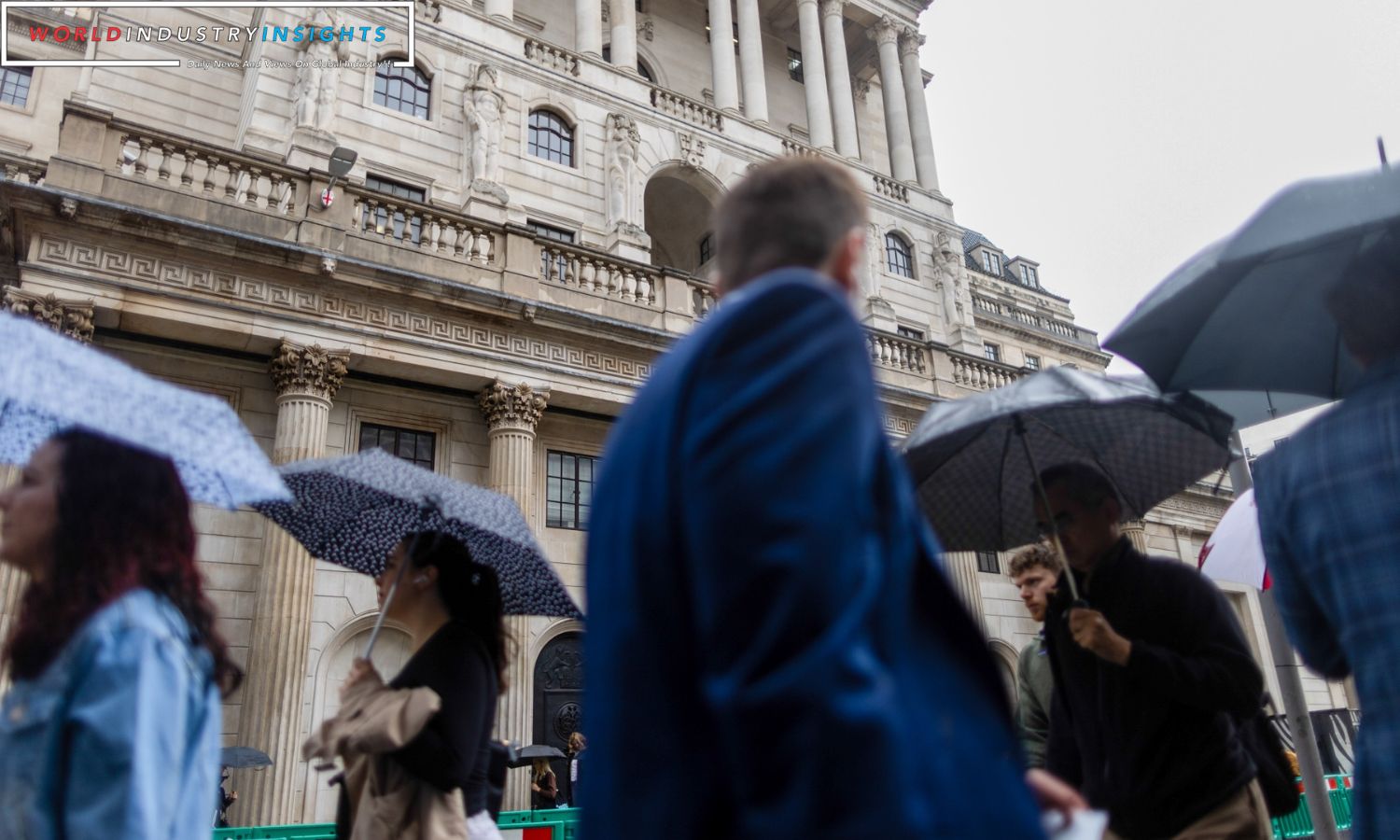RBA Strategic Pause: In its December policy meeting, the RBA maintained interest rates at 4.35%, a 12-year high. This move comes as the global economy remains uncertain, with the U.S. and Europe suggesting monetary policy softening.
The RBA’s move to keep rates steady reflects a strategic approach, allowing the central bank more time to assess the state of the Australian economy comprehensively. The decision also follows a quarter-point hike in November, and the RBA noted that economic data received since then has broadly aligned with expectations.
The market had been anticipating a steady outcome, especially considering that inflation had eased slightly more than anticipated in October. While the chances of a further rate increase to 4.6% in the new year had slightly diminished, dropping from 43% to 38%, this decision still marks a significant moment in the RBA’s approach to monetary policy.
The Australian dollar experienced a decline, down 0.6% to $0.6581, and three-year Australian government bond yields eased by 5 basis points to 4.00%. These market reactions reflect the immediate impact of the RBA’s decision on currency and bond markets.
RBA Governor Michele Bullock emphasized that holding the cash rate steady at this meeting allows time to assess the impact of the recent interest rate increases on demand, inflation, and the labor market. Bullock maintained a cautious stance, reiterating that the decision on further rate hikes would depend on the evolving assessment of risks and incoming economic data.
This decision brings some relief to mortgage holders, especially considering that many have witnessed significant increases in their monthly payments, exceeding A$1,000 ($662) a month amid elevated costs of living. The RBA’s decision to hold rates steady serves as a respite for homeowners during the holiday season.
Also Read : Dollar Holds Steady, Aussie Dips: RBAs Rate Hike Decision Sparks Market Uncertainty
Analysts from Barclays noted that the RBA’s statement appeared less hawkish than the one in November and even less hawkish than market expectations. The tone suggests a less aggressive stance, and analysts believe that the hiking cycle might be over, although the RBA’s data-dependent approach leaves room for future adjustments.
The next critical point on the horizon is the Q4 inflation print due in late January, just ahead of the RBA’s next meeting on February 6. Analysts will closely watch this data, as it could shape the outlook for the RBA’s future monetary policy decisions.
Michele Bullock , in recent public comments, has conveyed a hawkish tone, expressing concerns about inflation being increasingly driven by domestic demand. She suggested that a more “substantial” response from interest rates might be necessary. However, with inflation not expected to return to the bank’s 2% to 3% target until late 2025, the RBA is carefully navigating its approach to monetary policy.
Despite the aggressive rate hikes of 425 basis points since May of the previous year, the RBA has been cautious in comparison to its overseas counterparts. The central bank’s measured approach reflects its attempt to balance economic considerations with preserving gains in employment.
The global economic context also plays a role in the RBA’s decision-making. As markets anticipate early and aggressive rate cuts from the U.S. Federal Reserve and the European Central Bank in 2024, there is speculation that the RBA might consider a more conservative approach, potentially cutting rates by 15 basis points later next year.
The RBA’s decision to keep rates steady underscores the ongoing challenges and uncertainties in the global economic landscape. As central banks worldwide navigate shifting dynamics, the RBA’s data-dependent strategy positions it to adapt to evolving conditions and make informed decisions in the interest of Australia’s economic stability.
Our Reader’s Queries
What are the strategic goals of the RBA?
The Reserve Bank of Australia’s strategic plan is centered around the mission of promoting the economic welfare of the Australian people through monetary and financial policies and operations. The objectives of the plan are to maintain price stability and full employment, ensure the stability of the financial system, and establish a secure, stable, and efficient payments system. By prioritizing these objectives, the Reserve Bank of Australia aims to create a strong and prosperous economy for the benefit of all Australians.
What does RBA stand for?
Australia’s central bank, the Reserve Bank of Australia (RBA), operates under the Reserve Bank Act 1959, which outlines its functions and powers.
Why is the RBA raising interest rates?
In a recent move, the Board raised interest rates by 25 basis points after maintaining steady rates for four months. The decision was made due to the Board’s belief that the progress in bringing inflation back to the target range of 2 to 3 per cent was slower than anticipated.
Who owns RBA Australia?
As the nation’s central bank, The Bank is responsible for managing monetary policy and issuing currency. Its primary goals are to ensure financial system stability and promote the safety and efficiency of the payments system. Additionally, The Bank provides banking services to the government. As a wholly owned body corporate of the Commonwealth of Australia, The Bank plays a crucial role in the country’s economic landscape.


